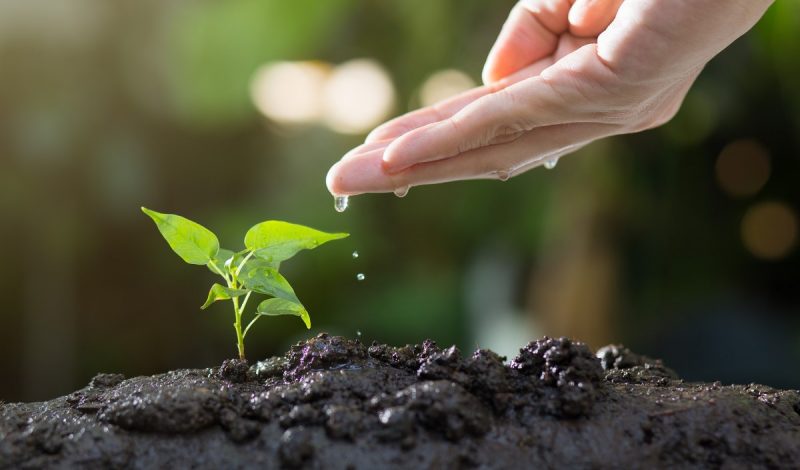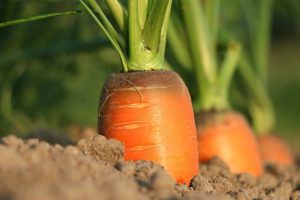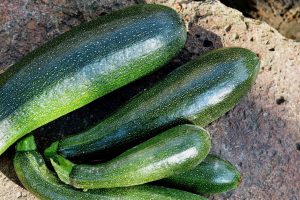The Best Vegetables to Grow in the Garden
Health Benefits and Growing Tips
Gardening has always been a beloved pastime in the UK, offering both relaxation and a tangible reward in the form of fresh, home-grown produce. For those with even a small patch of land or just a few containers, growing your own vegetables is both feasible and highly rewarding. Here, we’ll explore the best vegetables to grow in a garden, detailing their health benefits and providing practical tips to ensure your gardening success.
1. Carrots
Health Benefits
Carrots are rich in beta-carotene, which the body converts into vitamin A. This vitamin is crucial for good vision, a healthy immune system, and skin health. Additionally, carrots contain antioxidants that help reduce the risk of chronic diseases.
Growing Tips
– Soil Preparation: Carrots prefer light, sandy soil. Ensure the soil is free of stones to prevent the roots from becoming misshapen.
– Sowing: Sow seeds directly into the ground from early spring to early summer. Thin out seedlings to avoid overcrowding.
– Watering: Keep the soil consistently moist but not waterlogged. Mulching can help retain moisture.
– Harvesting: Carrots can be harvested when they reach a usable size. Younger carrots are often sweeter and more tender.
2. Runner Beans
Health Benefits
Runner beans are an excellent source of vitamins A, C, and K, as well as folate and fibre. They contribute to a healthy digestive system and can help lower cholesterol levels.
Growing Tips
– Support: These climbing plants need support to grow. Use bamboo canes or a trellis.
– Sowing: Sow seeds indoors in pots from April or directly into the ground after the last frost.
– Position: Choose a sunny spot with well-drained soil.
– Watering: Water regularly, especially during dry periods. Mulch around the base to retain moisture.
– Harvesting: Pick beans regularly to encourage more growth. Harvest when pods are young and tender.
3. Courgettes
Health Benefits
Courgettes (zucchinis) are low in calories but rich in essential nutrients like vitamins C and A, magnesium, and potassium. They also have a high water content, which helps keep you hydrated.
Growing Tips
– Sowing: Start seeds indoors in April or sow directly outside from late May.
– Spacing: Courgettes need plenty of space to grow. Allow at least 90cm between plants.
– Watering: Water generously and consistently, aiming to keep the soil moist.
– Position: Choose a sunny spot with fertile, well-drained soil.
– Harvesting: Pick courgettes when they are about 10-15cm long for the best flavour and texture.
4. Spinach
Health Benefits
Spinach is a powerhouse of nutrients, including vitamins A, C, and K, iron, calcium, and antioxidants. It’s known for its role in promoting eye health, boosting the immune system, and maintaining strong bones.
Growing Tips
– Sowing: Sow seeds directly into the ground from March to May and again from August to September for a second crop.
– Spacing: Thin seedlings to about 10-15cm apart.
– Watering: Keep the soil consistently moist but avoid waterlogging.
– Position: Spinach prefers a cooler spot with partial shade.
– Harvesting: Pick leaves regularly to encourage new growth. Baby leaves can be harvested after about 30 days, while mature leaves take around 45-50 days.
5. Radishes
Health Benefits
Radishes are rich in vitamin C, potassium, and fibre. They have antioxidant properties and can aid in digestion. Radishes also have a high water content, contributing to hydration.
Growing Tips
– Sowing: Sow seeds directly into the ground from March to August.
– Spacing: Thin seedlings to about 2.5cm apart to allow room for growth.
– Watering: Keep the soil moist to ensure rapid growth and prevent the roots from becoming tough and woody.
– Position: Radishes prefer full sun but can tolerate partial shade.
– Harvesting: Radishes mature quickly, usually within 3-4 weeks. Harvest when the roots are about 2.5cm in diameter for the best flavour.
Conclusion
Growing your own vegetables in a garden, no matter the size is a fulfilling and health-promoting endeavour. Carrots, runner beans, courgettes, spinach, and radishes are all excellent choices that can thrive in the British climate. Each of these vegetables not only brings a unique set of health benefits but also offers a rewarding gardening experience.
With the tips and tricks provided, you’re well on your way to a successful harvest. Happy gardening!










